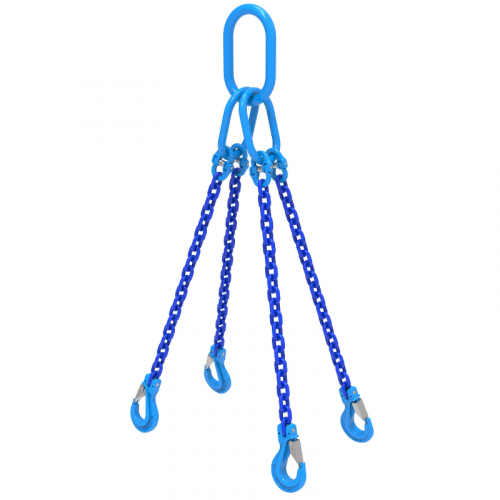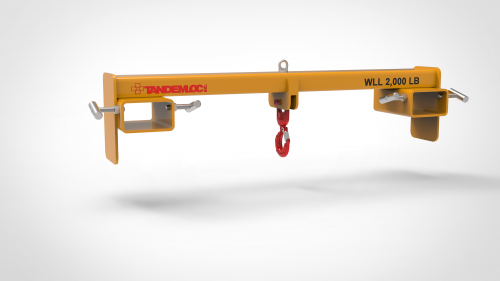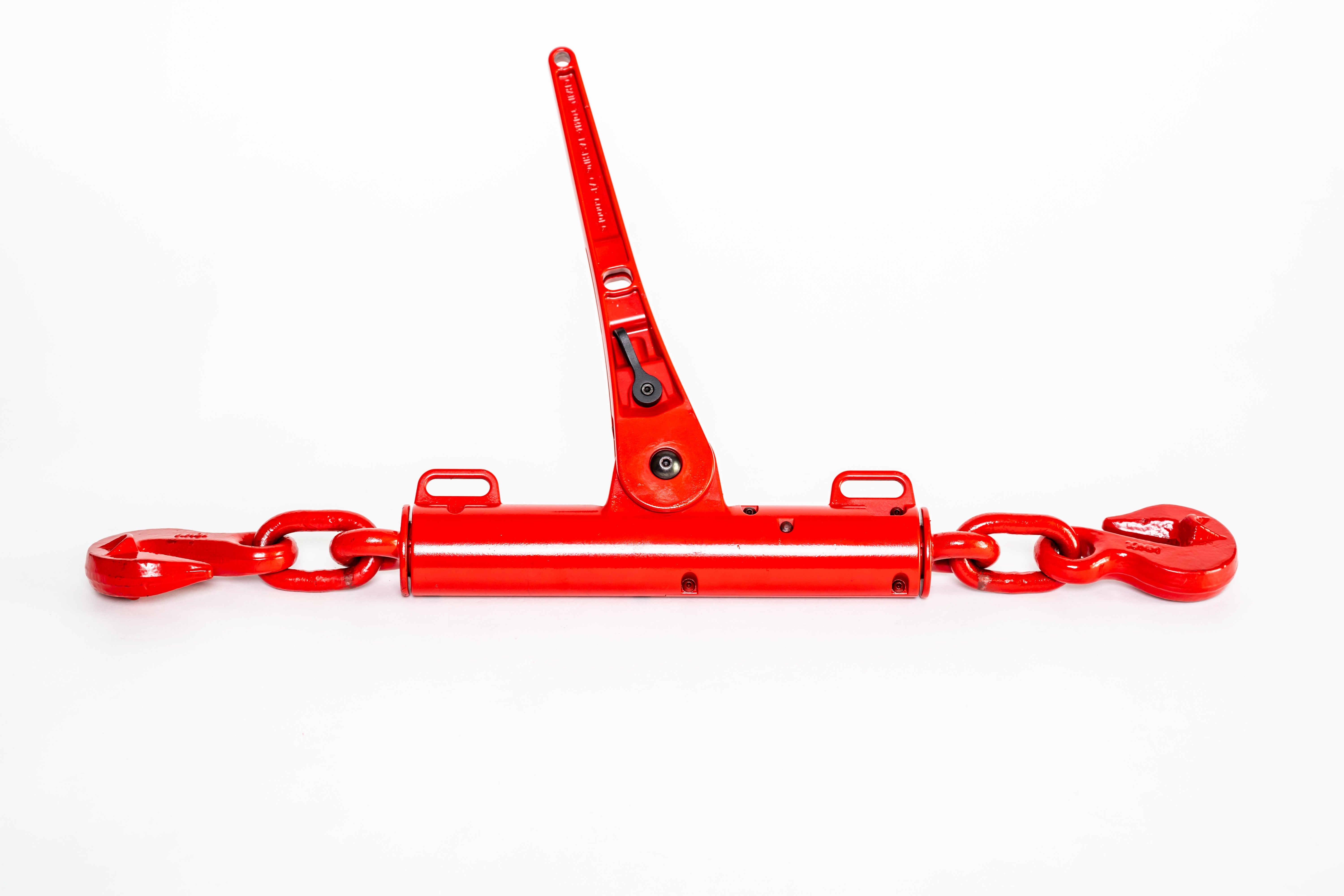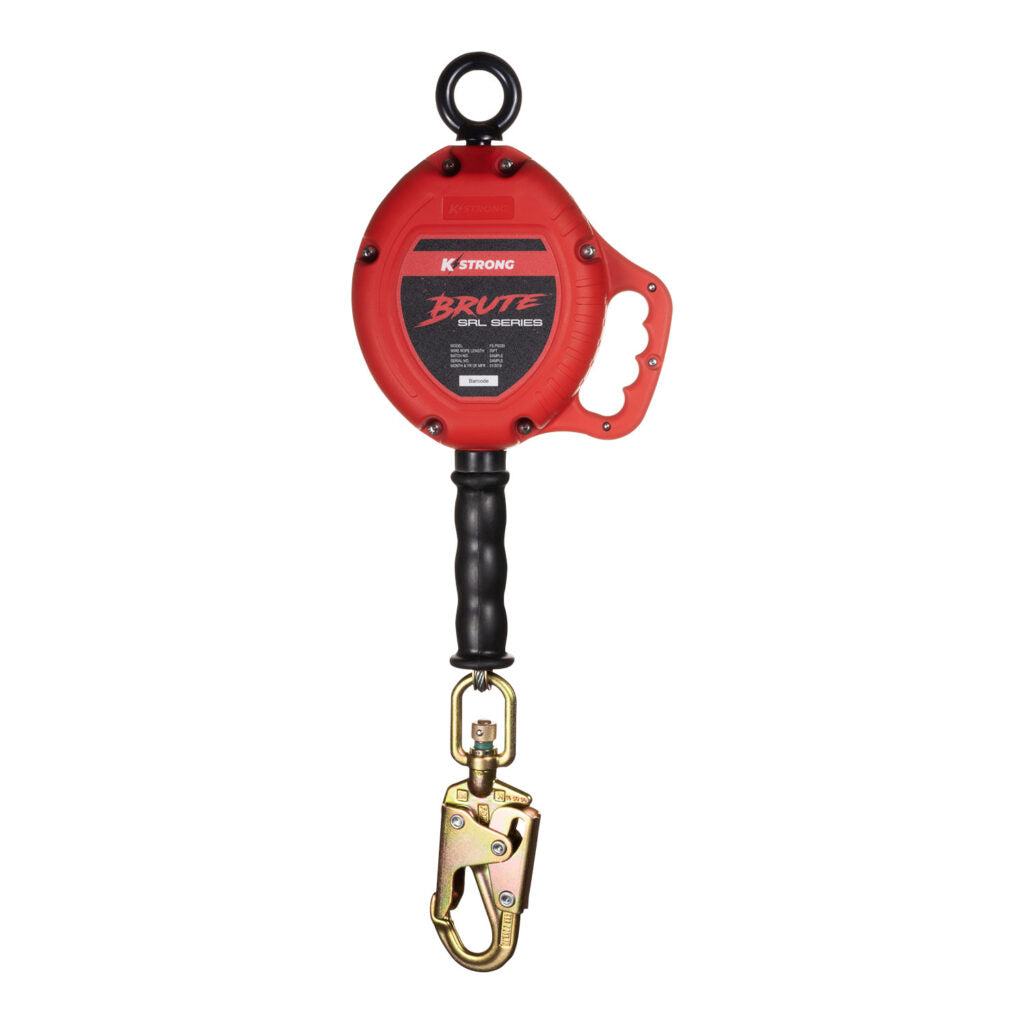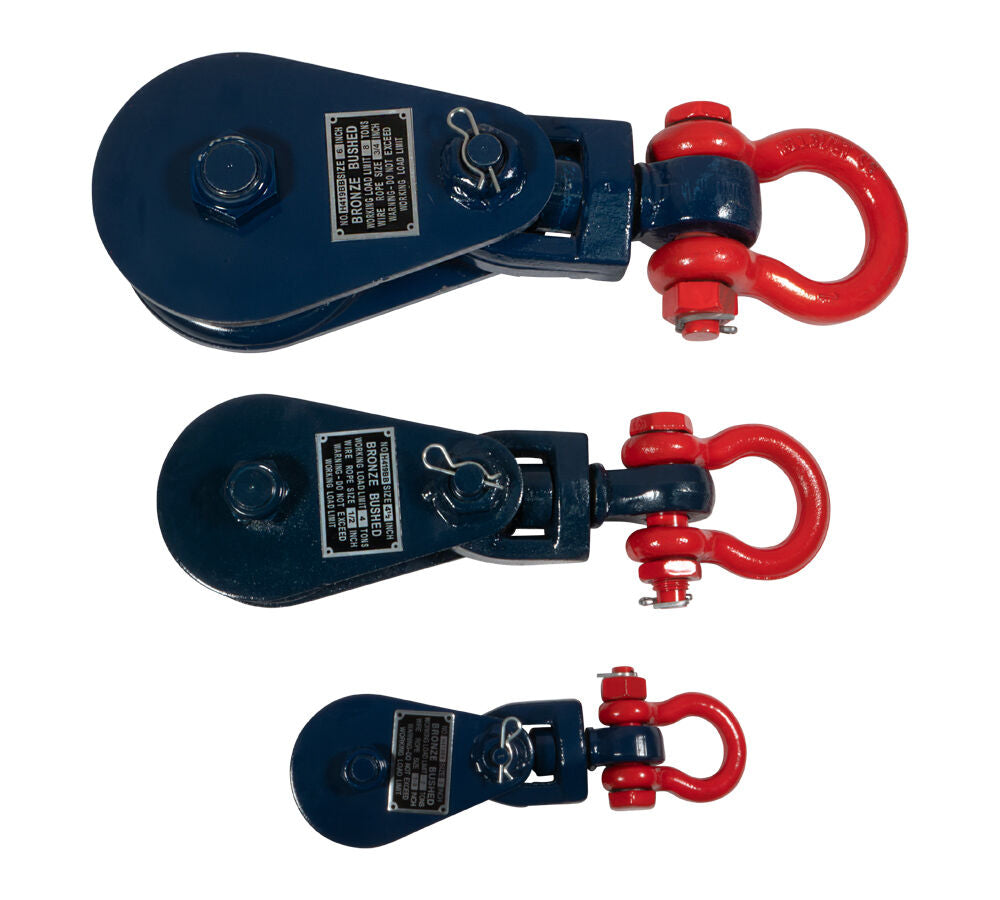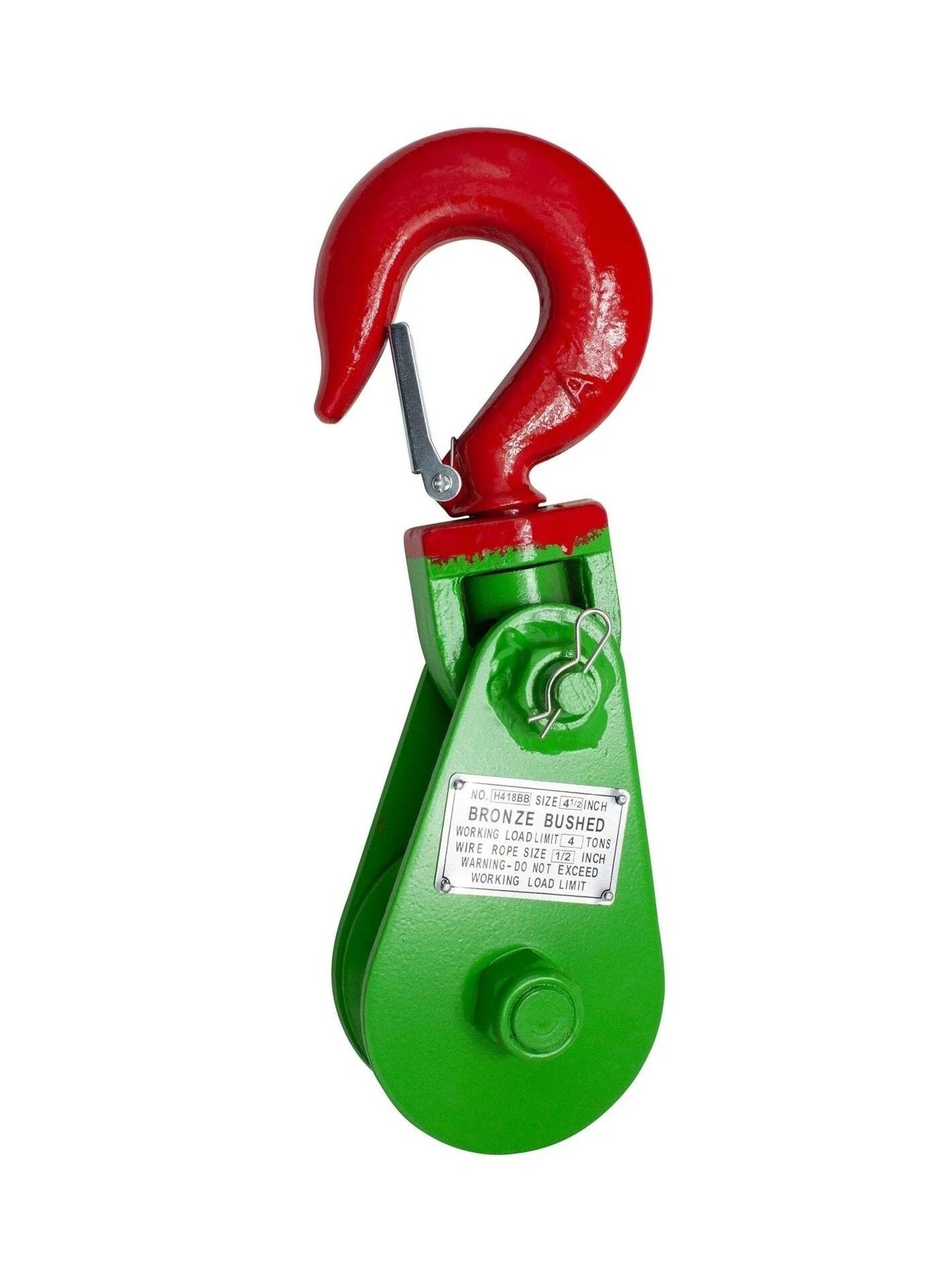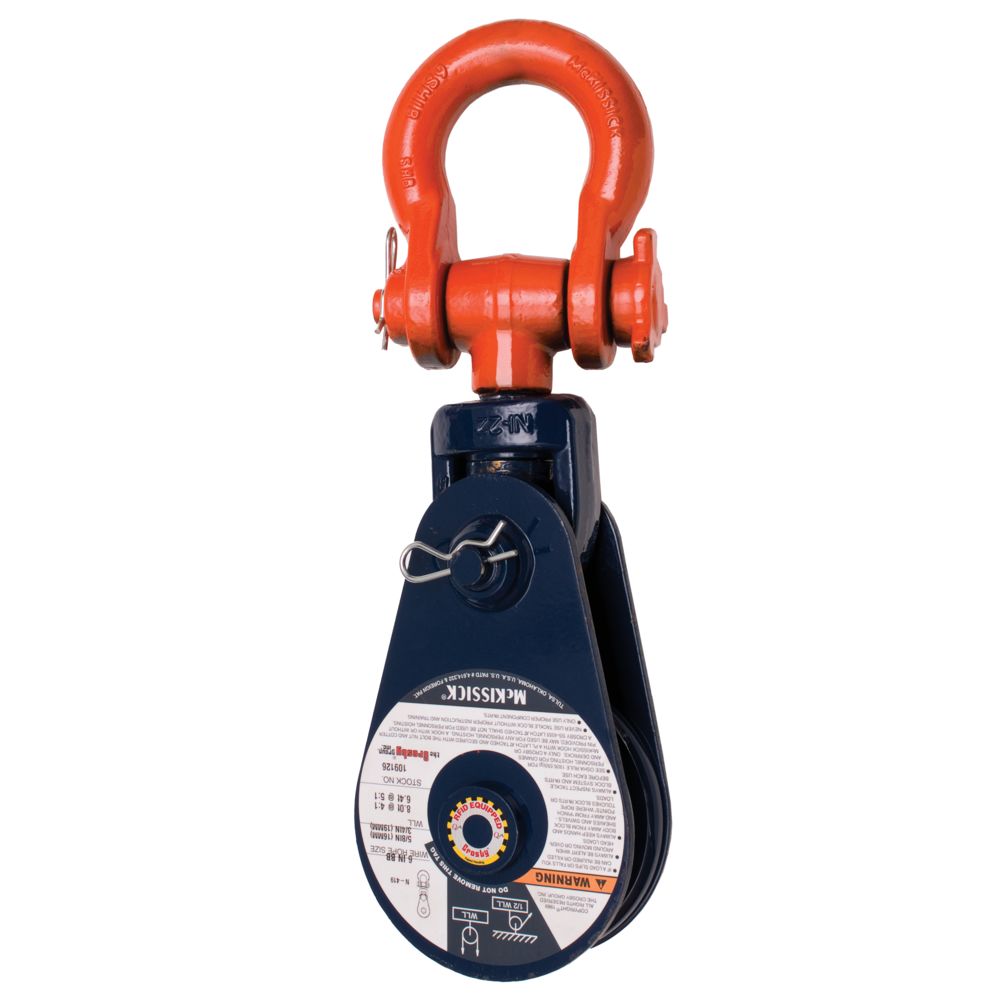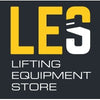Home / Truck & Towing / Vehicle Recovery / ... / Snatch Blocks
Snatch Blocks
(3 products)
Snatch Blocks
(3 products)
Page 1 of 1
Results per page
Filter (0)
Page 1 of 1
Results per page
Snatch blocks are essential rigging tools engineered to make lifting, pulling, and diverting the direction of a cable or rope easier and more efficient. These blocks are commonly used with winches and wire ropes to maximize force and capacity, especially in demanding circumstances involving heavy loads. Whether you are working with drill rigs, vehicles, ships, or heavy-duty industrial equipment, snatch blocks provide a reliable and versatile solution to handle a variety of jobs safely and effectively. Establishing a secure connection between the snatch block, recovery equipment, and the vehicle is crucial to guarantee safe and efficient operations.
Brand
When it comes to quality and reliability, the brand of snatch blocks you choose plays a significant role. LES USA offers a popular range of snatch blocks from trusted manufacturers such as Crosby Mckissick and Mytee Products. Crosby Mckissick is well-known for producing heavy-duty blocks designed to withstand intense forces and provide solid connections, making them a preferred choice for professionals. Mytee Products also offers a variety of snatch blocks that cater to different working load limits and sizes, ensuring you find the right product for your specific needs. Upon delivery, always check if the packaging has been opened or tampered with to ensure product integrity and security.
Stock Availability
One of the advantages of purchasing snatch blocks from LES USA is the quick availability and shipping times direct from major brands. Most products typically ship within one to two business days, helping you get your equipment when you need it. This prompt service is particularly important when responding to urgent situations such as recovering a stuck vehicle or handling heavy lifting tasks on the road or at a worksite.
Snatch Block Pulley
Snatch blocks come with different top fittings, usually either a hook or a shackle with a safety pin. These fittings ensure security and ease of use, allowing you to open the block and insert the cable or rope quickly. The design of the snatch block pulley, including its sheaves, is critical to reducing pressure and friction on the wire rope or chain, which prolongs the life of your equipment and enhances safety.
Using a snatch block in your setup enables you to change the direction of the pull line, making it easier to maneuver loads in tight spaces or difficult situations. In addition to redirecting the force, a snatch block can effectively double the capacity of your winch by distributing the load more evenly. However, it is essential to always check the manufacturer’s guidelines and working load limits to ensure safety and avoid overloading.
For those working in vehicle recovery, snatch blocks are invaluable. A stuck vehicle, whether a car or a large rig, can be freed more efficiently by using a snatch block to alter the direction of the winch rope and increase pulling power. This simple yet powerful tool provides versatility and strength, making the job easier and safer.
In addition to vehicle recovery, snatch blocks are widely used in lifting operations, where handling heavy loads requires strong and secure equipment. The solid construction of these blocks, combined with their ease of use and variety of sizes, makes them suitable for many industries, including construction, shipping, and manufacturing.
When selecting snatch blocks, it is important to review the product specifications carefully. Look for items that are designed with durable materials and feature strong bolts and secure fittings. This ensures that the block can handle the pressure and force exerted during heavy-duty work. Regularly checking and maintaining your snatch blocks will also help maintain their reliability and prolong their service life.
LES USA’s offering includes a wide variety of snatch blocks and hand winches to fit different needs and applications. Whether you need a block for a small job or a heavy-duty situation, their offering provides something for every kind of work. Customers can contact LES USA directly with any questions or to get advice on the best snatch block for their particular situation.
In summary, snatch blocks are simple yet highly effective tools that provide a lot of versatility and strength for lifting and pulling tasks. Their ability to change the direction of the cable or rope, increase winch capacity, and handle heavy loads makes them indispensable in many industries. By choosing reliable products from reputable brands and ensuring proper use and maintenance, you can maximize the performance and safety of your equipment for years to come. For more information and to explore the full range of snatch blocks available, be sure to read the product pages and contact the supplier to get the right solution for your needs.
Safety Considerations
When working with snatch blocks, prioritizing safety is essential to guarantee every lifting or pulling job is completed without incident. A snatch block, or snatch block pulley, is designed to cater for heavy loads, but its effectiveness and safety depend on proper use and regular inspections.
Start by always reviewing the working load limits (WLL) of your snatch block before use. The WLL indicates the maximum weight the block can safely handle. Never exceed this limit, as overloading can cause equipment failure and put both people and property at risk. For example, when recovering a stuck vehicle, make sure the snatch block and wire rope or cable are rated for the weight of the vehicle and the force required to pull it free.
Attach the snatch block to a solid anchor point, such as a sturdy tree, vehicle, or other immovable object, using a strong chain or rope. This ensures the block remains stable and in place during operation. Before starting the job, check that all connections—including bolts, winch hooks, and rope attachments—are tight and secure. Inspect the pulleys for smooth operation, and make sure they are free from debris and well-lubricated to reduce friction and prevent unnecessary pressure on the equipment.
It’s also important to consider the direction of the pull. Position the snatch block so that the cable or rope runs smoothly through the pulley, minimizing sharp angles that could increase stress on the line or block. Adjust the setup as needed to ensure the force is distributed evenly and safely.
Different jobs require different types of snatch blocks. For heavy duty lifting or pulling, choose a block designed to tackle higher loads, with a solid sheave and robust construction. For lighter tasks, a smaller block may be sufficient, but be sure it matches the requirements of the application.


